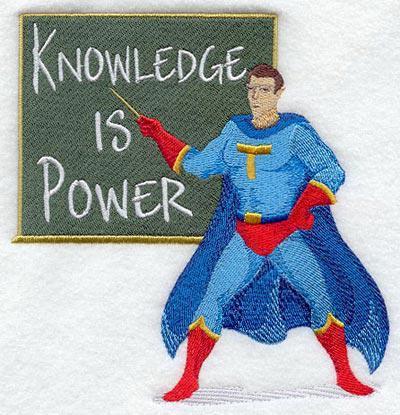
Many organisations use the term “lessons learned” to describe the way in which they avoid repeating mistakes, or ensure that they build on past successes, yet a lesson can only be applied if it has been successfully identified, and captured first.
Even in “learning organisations” who profess to be good at knowledge management and knowledge sharing, the process for identifying lessons learned can lacks rigour or depth. All too often, lessons end up as “motherhood and apple pie” statements, and end up in reports on shelves gathering dust (or its electronic equivalent).
The guidelines below are drawn from the book “Learning to Fly – Practical knowledge management from leading and learning organisations” Chris Collison and Geoff Parcell, and set out ten key steps to facilitating a “lessons learned” review.
1 Call the meeting. Hold a face-to-face meeting as soon as you can after the project ends, within weeks rather than months.
2 Invite the right people The project leader needs to attend, as do key members of the project team. If a similar project is already underway, then there is great value in the new project team attending – a “customer” for the knowledge
3 Appoint a facilitator. Identify a facilitator who was not closely involved in the project. The facilitator should be someone who can ask questions from an independent, but non-threatening standpoint. This isn’t an audit, it’s an investment!
4 Revisit the objectives and deliverables of the project. Ask “what did we set out to do?” and “what did we achieve?”
5 Go through the project step by step. Revisit the project plan and identify any deviation from plan. Where were the delays, and what went ahead of schedule? What changed and why?
6 Ask what went well? Ask “what were the successful steps towards achieving your objective?” and “what went really well in the project?”Ask a “why?” question several times. This is vital, and will get you to the root of the reason. Don’t take the initial response at face value. Often people don’t even realize what the underlying reason behind a success or failure is. Your role may involve guiding them on a voyage of discovery (without regressing them to their childhood!).
7 Find out why these aspects went well, and express the learning as advice or guidelines for the future. This is a key point. Try to avoid expressing lessons learned in a passive, past tense, such as:
“Project Foxtrot completed ahead of schedule because the project team remained in-tact throughout the design and execution stages”.
The lesson will be far more accessible to others if it is expressed as:”On time-critical projects, ensure that the project team remains consistent throughout the design and execution stages of the project. This will eliminate any learning-curve issues due to the take-on of new staff”.
As the facilitator, acknowledge feelings and press for the facts.Ask “what repeatable, successful processes did we use?? and ? how could we ensure future projects go just as well, or even better?”
8 Ask “what could have gone better?“ Ask “what were the aspects that stopped you delivering even more?” Identify the stumbling blocks and pitfalls, so they can be avoided in future by asking “what would your advice be to future project teams, based on your experiences here?”
9 Ensure that participants leave with their feelings acknowledged. Ask for “Marks out of ten” and “What would make it a ten for you?” to access residual issues.
10 Record the meeting. Use quotes to express the depth of feeling. Express the recommendations as clearly, measurably and unambiguously as possible, using the guideline format explained in point 7.
Take a photograph of the project team, and ensure that you record contact information (e-mail and telephone) to make follow-up conversations easy for anyone reading he lessons learned.
Ensure that you circulate the write-up around the participants for comment, and permission to use specific quotes before sharing more widely.
Conclusion – Identifying and recording lessons learned is fairly straightforward process, given the simple set of steps above and a measure of facilitation skills.
Of course, identifying the lessons is only part of a knowledge management cycle; lessons learned, and the guidelines that they spawn, have no intrinsic value.
The benefits come from ensuring that the lessons are actually applied – which is another story!
Author: Chris CollisonArticle Source: EzineArticles.com
© 2011, ©Active Consultants 2011. All rights reserved. Copying in part or in entirety only permitted by written consent
Republished by Blog Post Promoter

